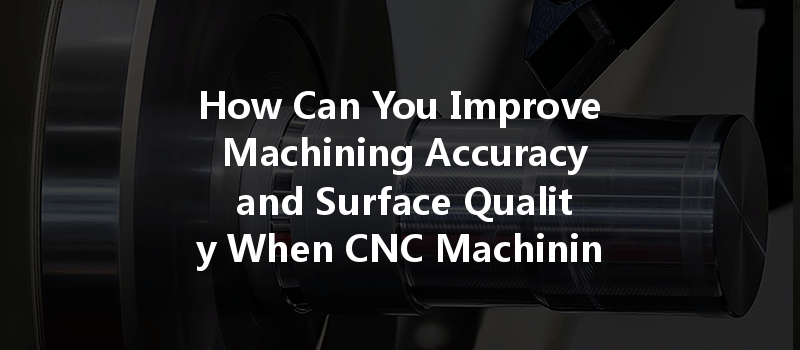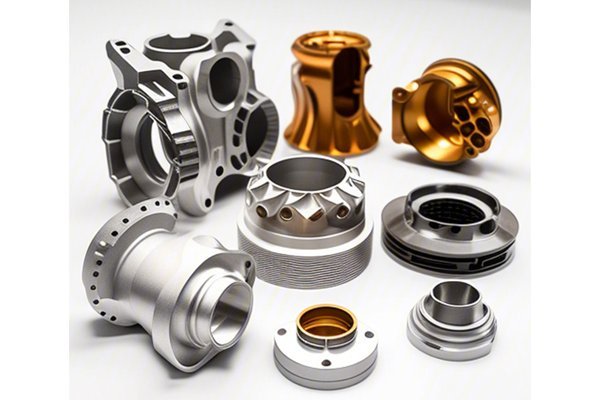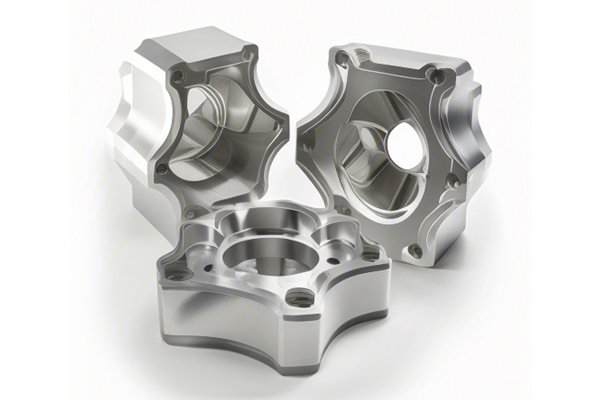Did you know that CNC (Computer Numerical Control) machining can achieve tolerances as tight as ±0.002 inches? This remarkable precision makes CNC machining a popular choice in diverse industries, especially when working with materials like PP (Polypropylene) plastics. However, achieving that level of machining accuracy and surface quality requires an understanding of several crucial factors. In this blog, we will explore effective techniques and strategies to improve both the machining accuracy and surface quality when CNC machining PP plastics, ensuring your projects stand out.
Understanding the Basics of CNC Machining PP Plastics
Before diving into the techniques to improve machining accuracy and surface quality, let’s examine what CNC machining entails and why PP plastics are used.
What is CNC Machining?
CNC machining is a subtractive manufacturing process that involves the removal of material from a solid block (or “workpiece”) to achieve the desired shape. CNC machines are guided by computerized controls, which ensure high precision and repeatability.
Why Use PP Plastics?
Polypropylene is widely used in CNC machining due to its favorable properties:
Challenges in Machining PP Plastics
While PP plastics offer various advantages, they also present challenges during CNC machining, affecting both accuracy and surface quality. Key challenges include:
Techniques to Improve Machining Accuracy
Achieving superior machining accuracy when working with PP plastics requires strategic planning and best practices. Below are detailed solutions that can substantially improve accuracy:
Cutter Geometry: The choice of cutter geometry impacts the cutting process. Ideal geometries for PP include:
Material of the Cutting Tool: Tools made from tungsten carbide are particularly effective for machining PP due to their durability and hardness.
Setting the appropriate cutting speed is critical:
Feed Rate Selection: An optimal feed rate contributes to better machining accuracy. A slower feed rate often results in better accuracy but may lead to overheating. Conversely, a higher feed rate might improve efficiency but could compromise precision.
Using efficient fixtures ensures that the workpiece remains stable and reduces vibrations, leading to improved accuracy.

Mitigating vibrations during the machining process can dramatically improve accuracy. Techniques include:
Implementing cooling methods helps maintain a consistent temperature, which combats thermal expansion issues.
Techniques to Enhance Surface Quality
Improving surface quality involves a combination of machine settings and finishing processes. Here are effective methods:
Fine-tuning various machining parameters will have a direct impact on surface quality.
Utilize post-machining techniques to achieve superior surface quality.
Incorporating secondary operations can enhance surface finishes:
Keeping tools sharp is essential for achieving high-quality surfaces.
Improving machining accuracy and surface quality in CNC machining of PP plastics is an intricate process that requires attention to detail. By implementing the aforementioned techniques—including selecting the right tools, optimizing cutting speeds and feed rates, using proper fixtures, and undertaking appropriate finishing methods—you can ensure superior results in your machining projects.
The importance of continually refining your technique cannot be overstated; as the industry evolves, so too should your approach to CNC machining. Embrace experimentation and data collection to inform your practices, ultimately leading to better quality products and satisfied clients.
This blog serves as a comprehensive guide for CNC machining professionals, emphasizing the significance of accuracy and surface quality in manufacturing. By investing time and resources into understanding and applying these techniques, you can stay ahead of the competition and enhance your manufacturing processes significantly.
By mastering these core techniques, you set your projects up for success and unlock new opportunities for innovation in the realm of CNC machining PP plastics. Keep these principles in mind as you move forward in your machining endeavors, and you’ll continually improve the quality and precision of your work.






